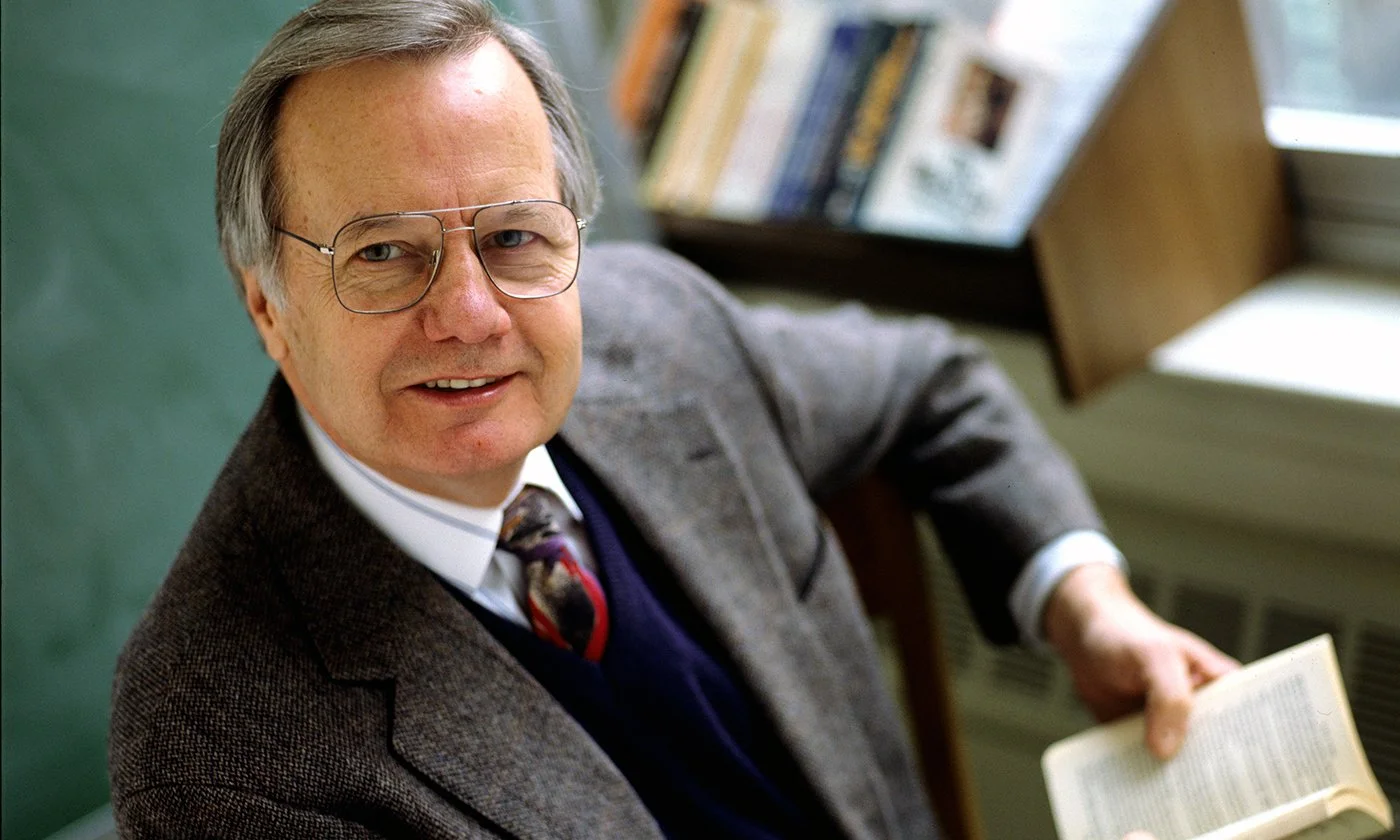The Rev. Ezekiel Dachomo had every reason to be emotional as he stood in a shallow grave containing the corpses of 11 members of his Church of Christ in Nations congregation in Rachas village, located in central Nigeria.
"I am tired of mass burials! … Nigerian government came out and openly denied -- there is no massacre. There is no genocide of Christians in Nigeria and look at it today," he shouted, gesturing toward to machete-slashed bodies around him. "United Nations, I know you are watching me! American Senate, you are watching what I am doing! Special advisor to Trump, now, please, tell Trump to save our lives in Nigeria!"
The pastor's mid-October Facebook video went viral, joining years of social-media messages from Catholic, Protestant and secular human-rights activists responding to raids by armed Boko Haram and Fulani insurgents. Many of the attacks occur at Easter, Christmas and other holy days.
Responding to pleas from Republicans in Congress and religious conservatives, President Donald Trump sent this warning, via his Truth Social platform.
"If the Nigerian Government continues to allow the killing of Christians, the U.S.A. will immediately stop all aid and assistance to Nigeria and may very well go into that now disgraced country, 'guns-a-blazing,' to completely wipe out the Islamic Terrorists who are committing these horrible atrocities," warned Trump. "If we attack, it will be fast, vicious, and sweet, just like the terrorist thugs attack our CHERISHED Christians!"
During his first White House administration, Trump designated Nigeria as a Country of Particular Concern for tolerating religious freedom violations against Christians -- a stance dropped by President Joe Biden in 2021. Now, Trump has restored that designation, in part responding to appeals by the U.S. Commission on International Religious Freedom.
"Nigeria is the most dangerous nation on Earth to follow Christ," said a statement from House Appropriations Committee Chairman Tom Cole, Vice Chair Mario Díaz-Balart and Legislative Branch Subcommittee Vice Chair Riley Moore.










